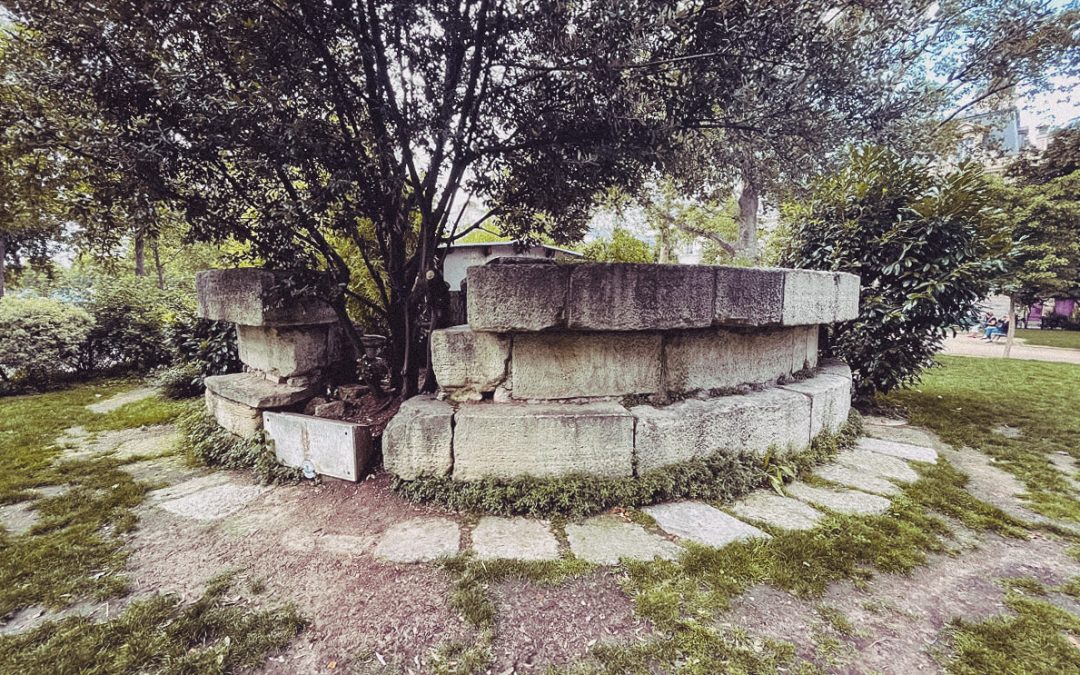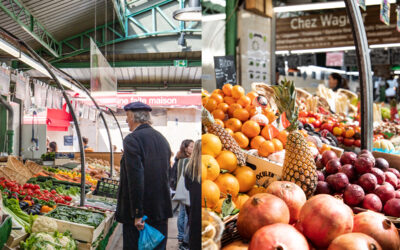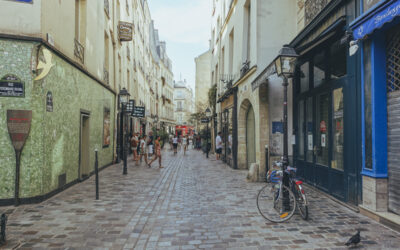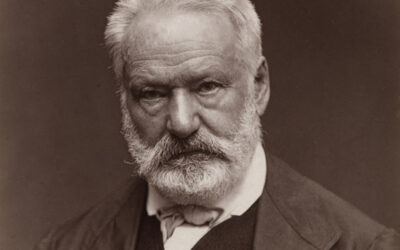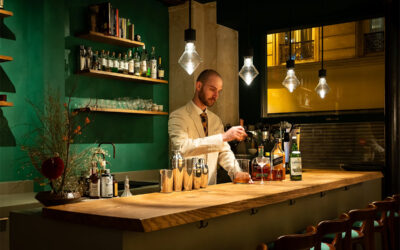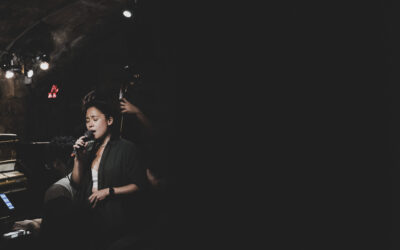Remains of the Bastille prison, square Henri-Galli, © Axel G.
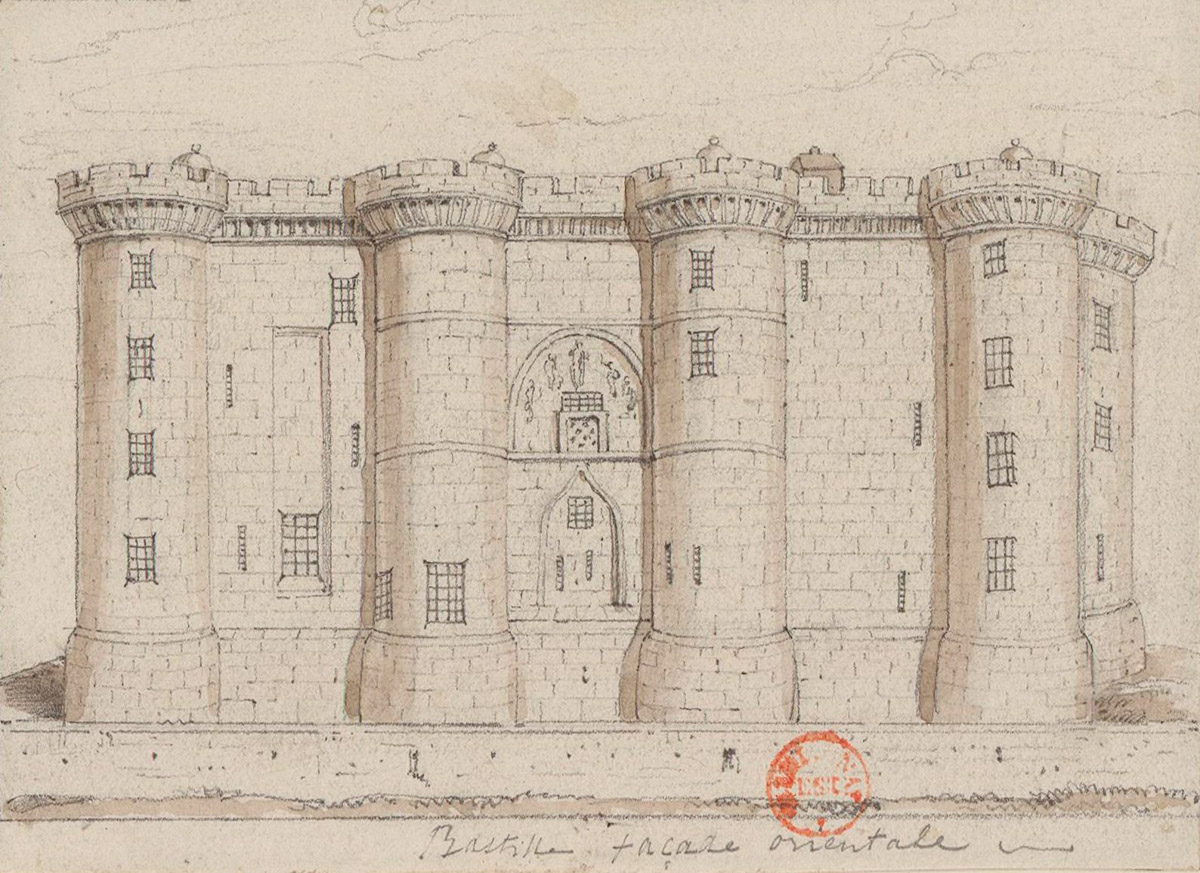
Bastille. Eastern facade, drawing from 1790 or 1791. Drawing in graphite and brown ink wash; 7,5 x 10,2 cm.
Many Parisians are unaware of this: it is still possible to visit, in Paris, the Bastille prison – or rather: what remains of it – but… not at the Bastille. Remains of the foundations of the penitentiary were in fact found in 1899 during the construction of line 1 of the metro and moved 600 meters away, very close to the Seine, in the Marais, at the start of Boulevard Henri-IV, in Square Henri-Galli, away from the tourist circuits.
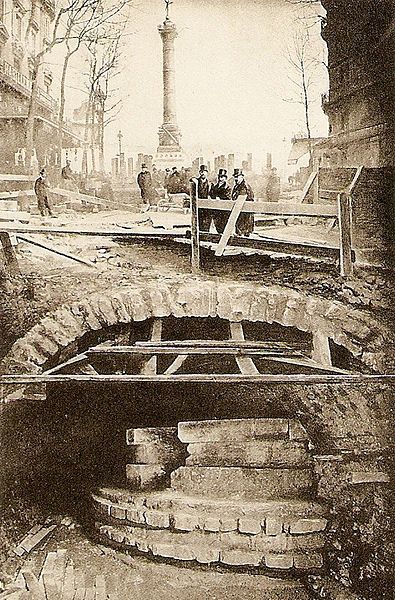
remains of the Bastille, during the drilling of the
metro line 1 in 1899
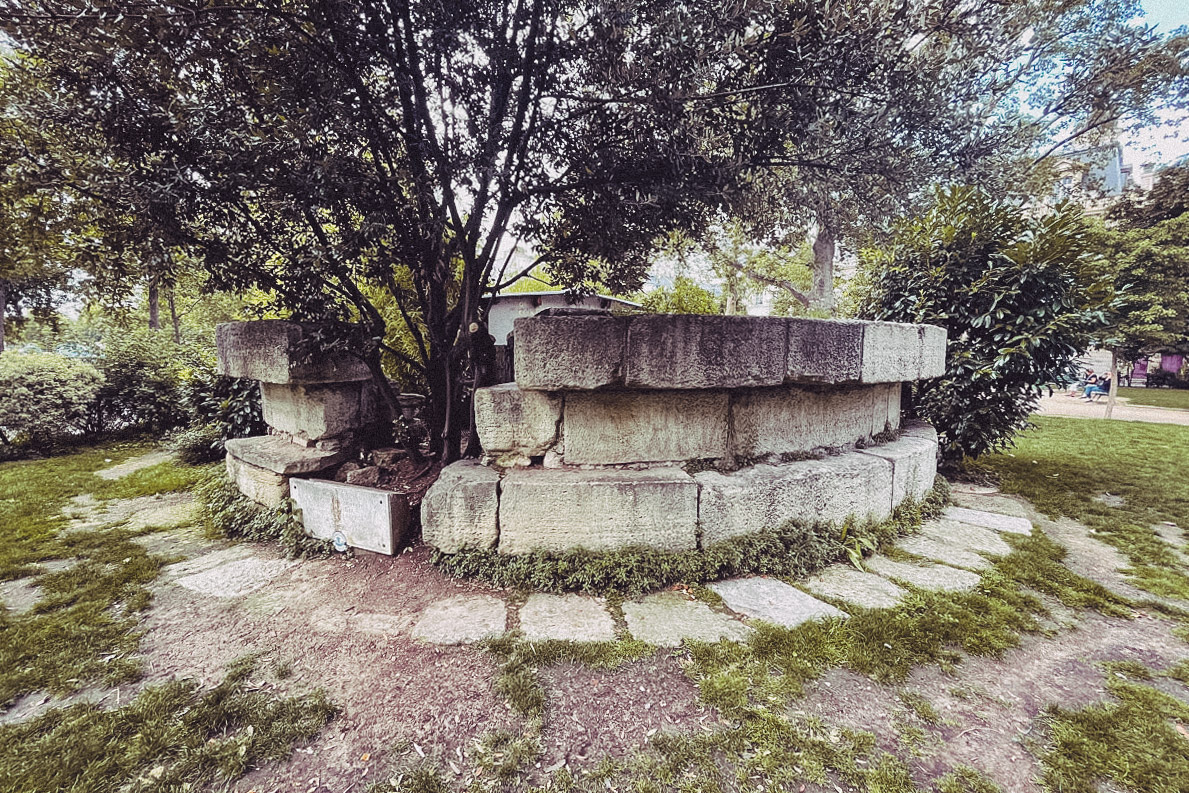
Remains of the Bastille prison, square Henri-Galli, © Axel G.
Two other, smaller remains are visible on the Bastille metro platforms, on lines 1 and 5.
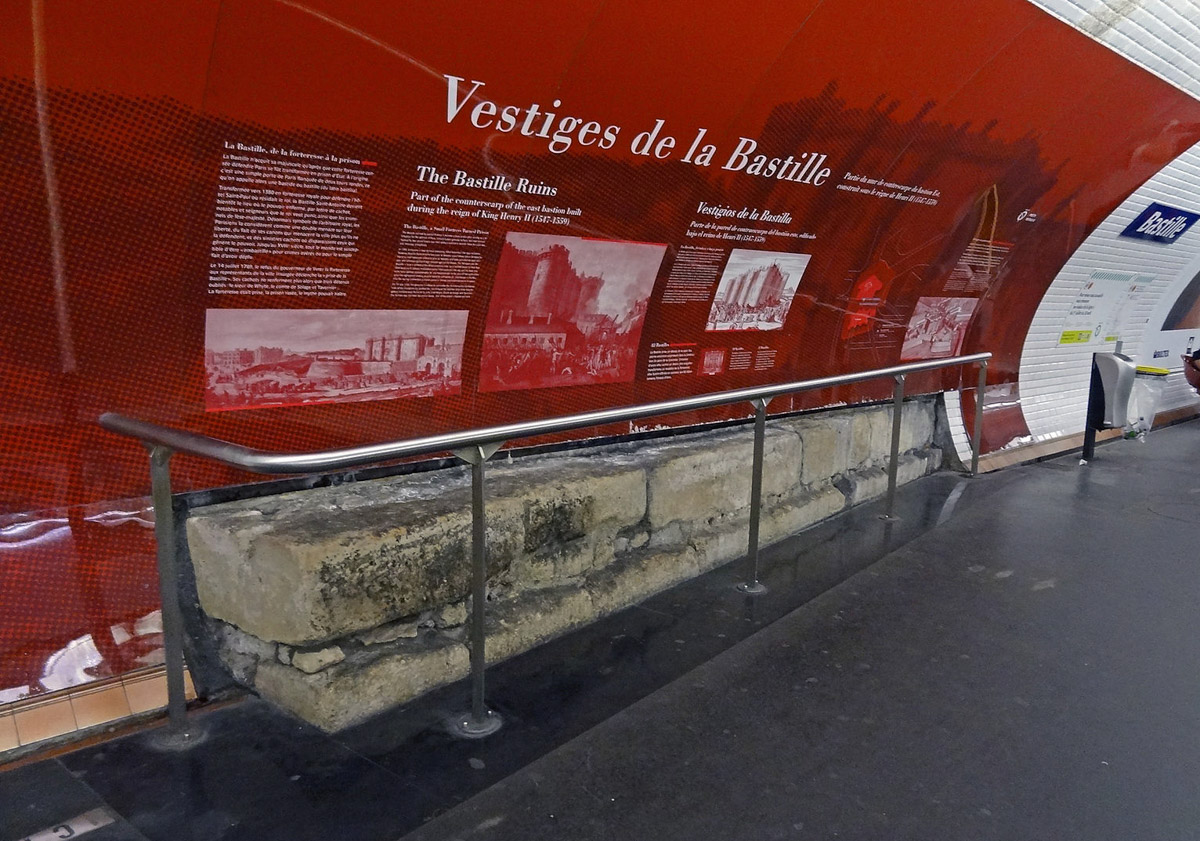
This is all that remains of the prison, the destruction of which, promptly carried out, began on July 14, 1789. These are only a few stones... but it is already a lot, because it is the only tangible thing that allows to represent the missing building (it was erected from 1370 under Charles V).
It is also true that a discreet marking on the ground indicates, on the Place de la Bastille, the location of the prison foundations.
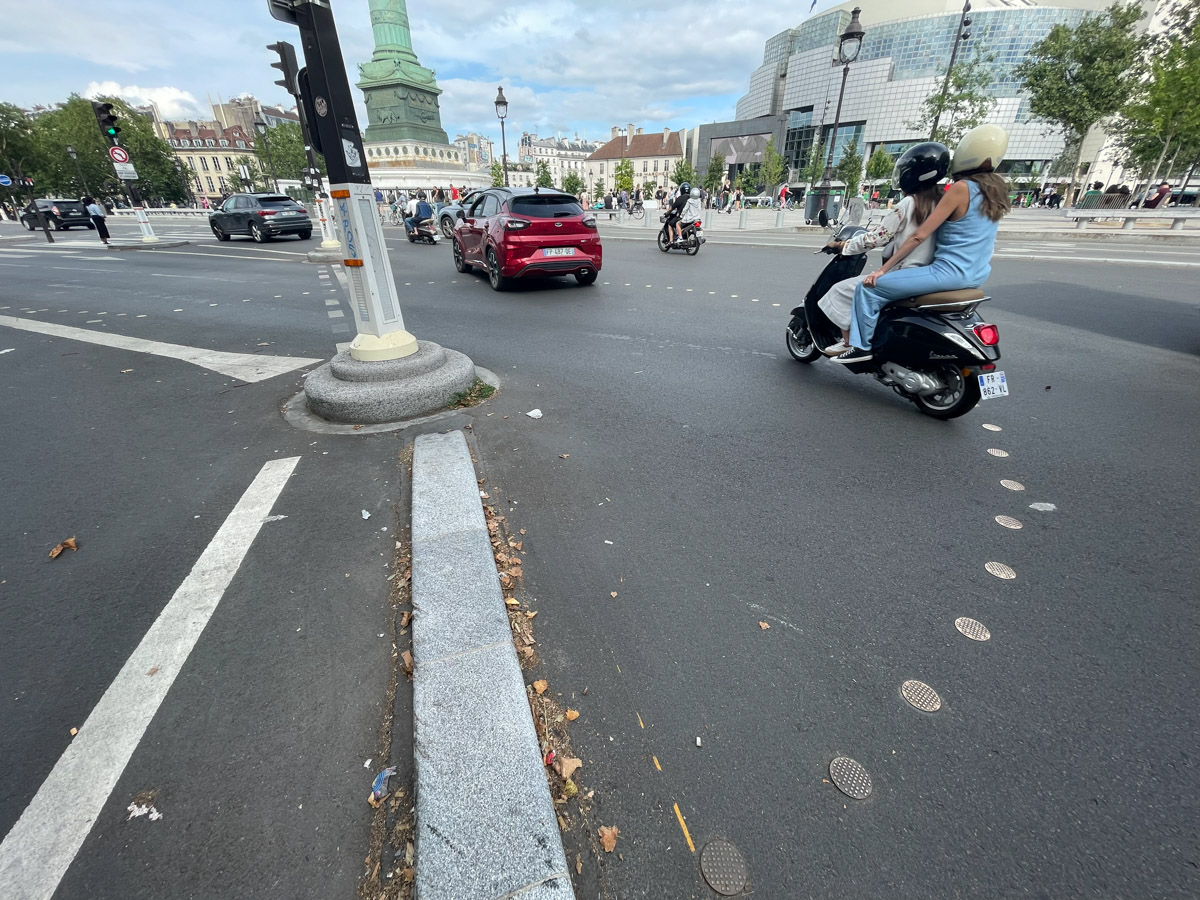
Place de la Bastille, markings on the ground indicate the location of the prison, © Axel G.
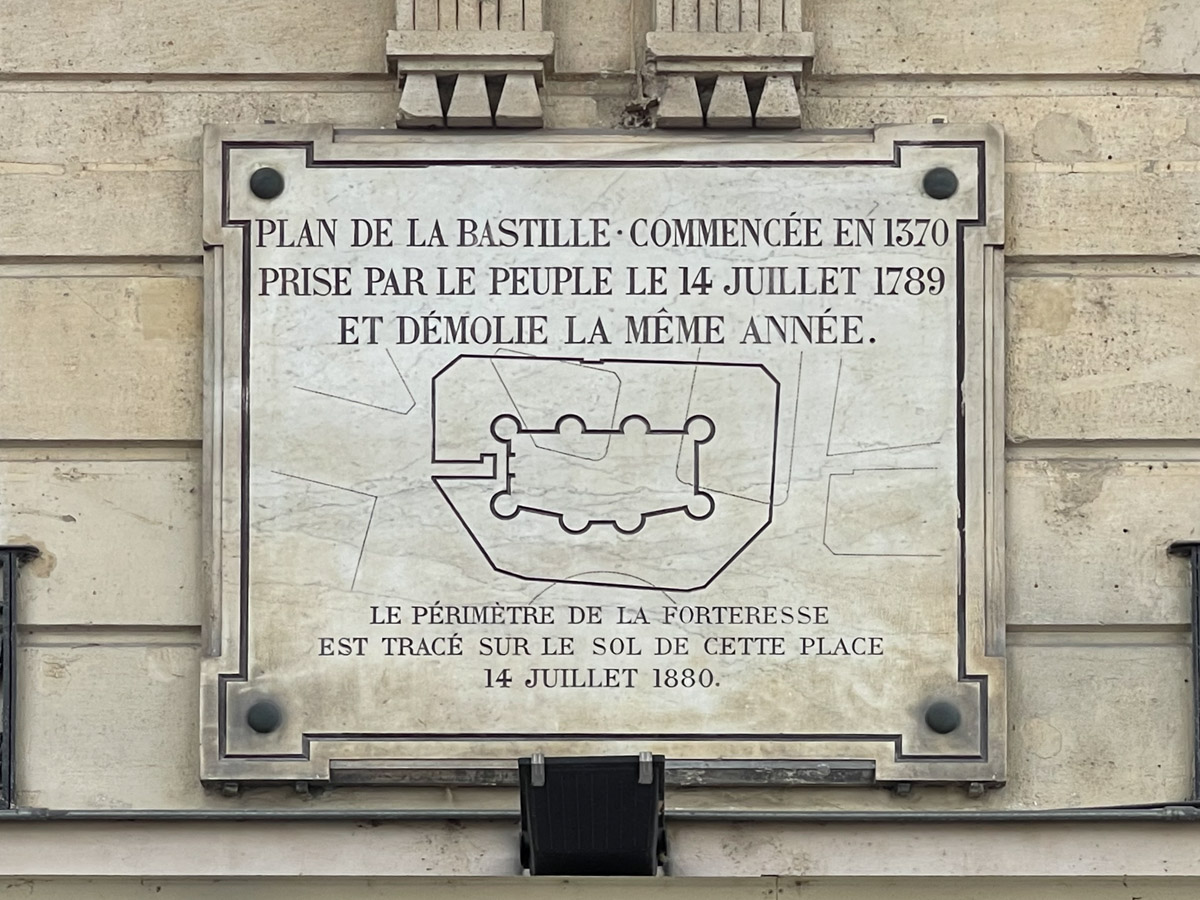
Plaque showing the limits of the old prison on the current Place de la Bastille, © Axel G.
By adding a little imagination, it is therefore possible to mentally visualize what the building represented for its contemporaries: an imposing, frightening mass which obstructed the end of rue Saint-Antoine, and which was visible from afar, for example from the current Saint-Paul metro station.
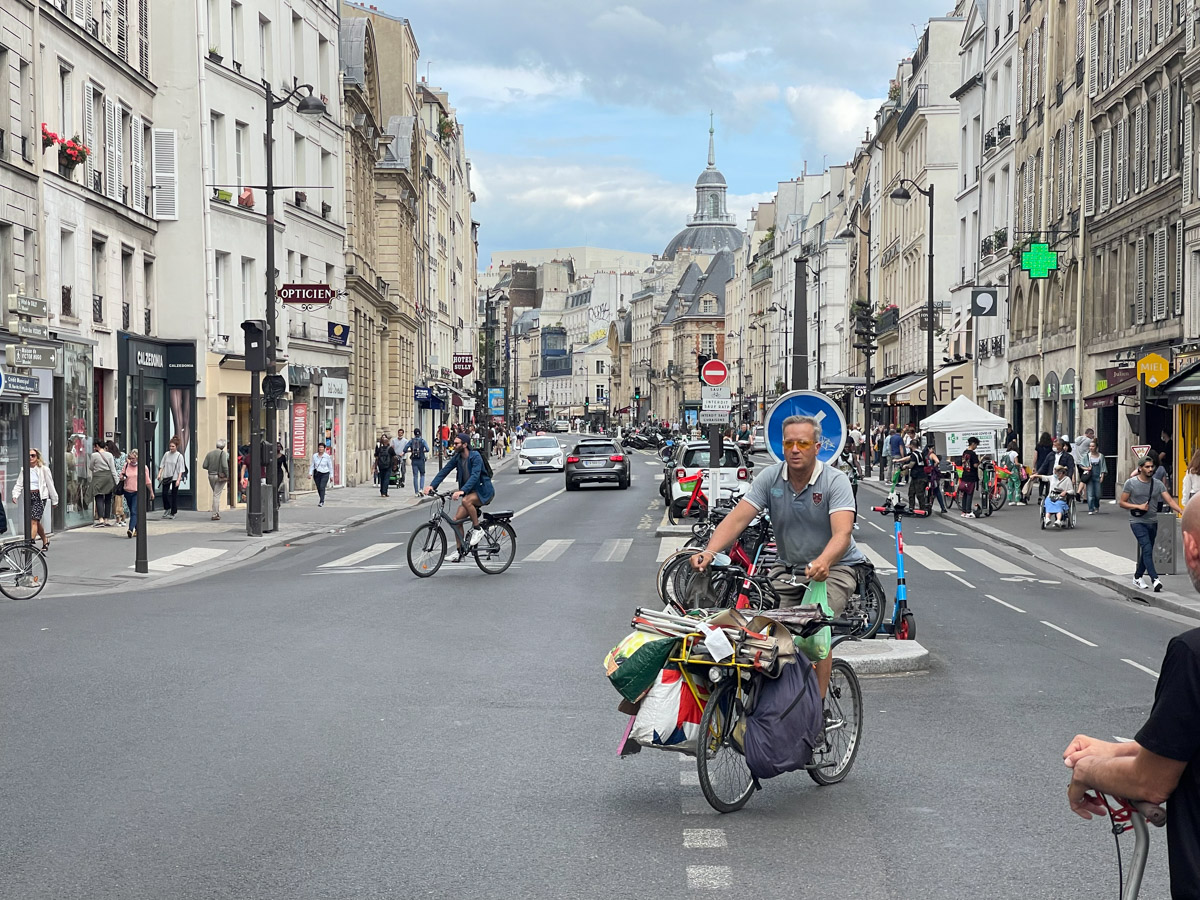
We could see the prison from afar. Here, the perspective from the Saint-Paul metro station, © Axel G.
In fact, on a daily basis, one could not escape the frightening silhouette of Bastille: it was there, constantly within sight, to remind the populace that the dungeons were not far away if anyone came to see them. crazy idea of getting off the straight and narrow.
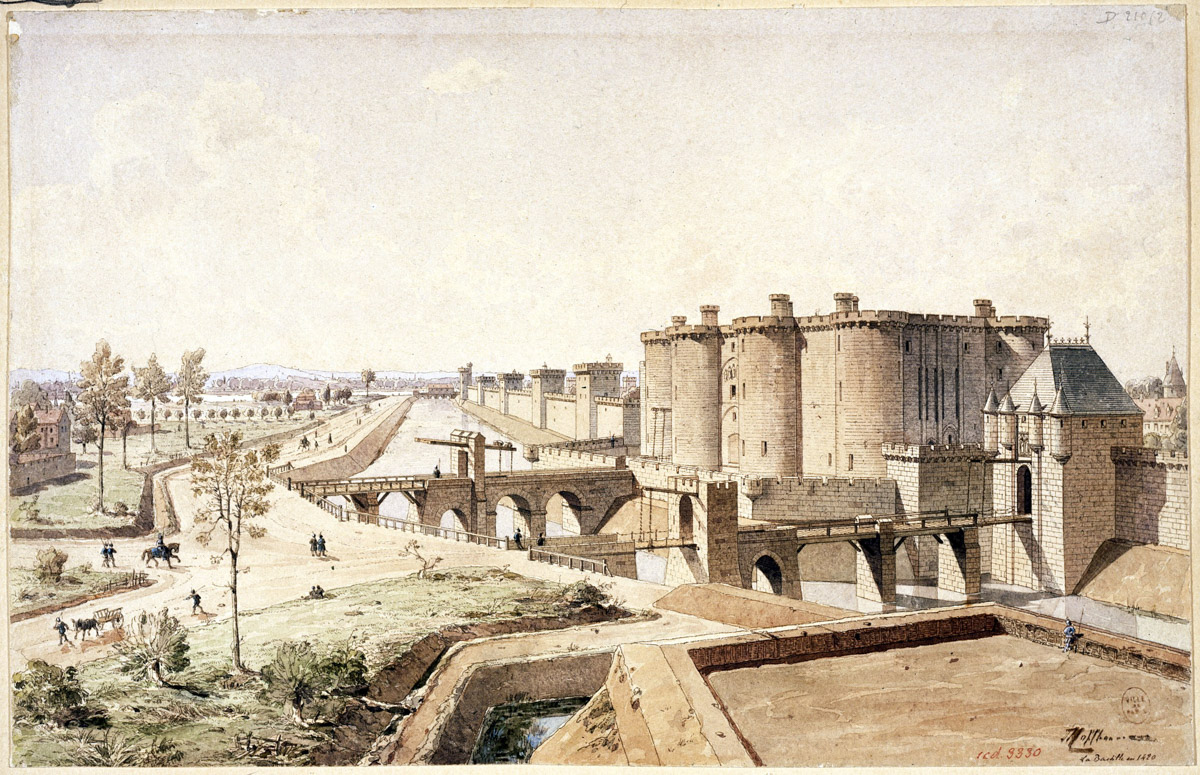
Reconstruction of the medieval Bastille by Theodor Josef Hubert Hoffbauer.
To complete this mental journey through time and Paris, we obviously recommend the brief and essential July 14 (Actes Sud), historical novel published in 2016 by Éric Vuillard – who won the Goncourt Prize the following year with L'Ordre du jour.
Great story, July 14 tells for the first time, from a human level, the facts as they took place from the point of view of the inhabitants of the neighborhood and the participants in the storming of the Bastille.
“July 14 is the moment when we saw for the first time a people enter the stage of history,” explained the author when the book was released.
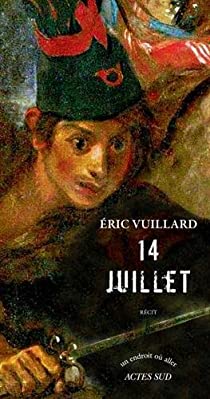
Text: Axel G.
12.07.21
FOR PASSIONATES OFUS
The Enfants Rouges market, everyone loves it
Restaurants, merchants, a photo store, a bookstore... This is how the Red Children's Market presents itself, unique in its kind in the Marais and its capital because it is the only one to offer such a varied and varied range of restaurants. qualitative.
The Marais Jewish quarter in Paris
From the 13th century, the Marais was home to a Jewish community which remained there until its expulsion in the 14th century. Fleeing poverty and persecution, Jews from Eastern countries and those from Alsace settled there in the 19th century. Around rue des rosiers and Place Saint-Paul renamed Pletz…
Victor Hugo, the writer with a thousand talents
Born in 1802, Victor Hugo became a social writer, a playwright, a poet, a novelist and a romantic designer. Nicknamed the man-ocean then the man-century, he is a political figure and a committed intellectual. He found success with Notre-Dame-de-Paris in 1831 and with Les Misérables in 1862.
NOW ON THE MOOD MARSH
Divine brunch at the foot of Notre-Dame
Of course, officially, it is not the Marais. But at Son de la Terre, a barge recently moored at the Montebello quay (5th), the 4th arrondissement is in sight. Moreover, this one is incredible: on one side, it is Notre-Dame flooded with sunlight; on the other, the quays, the book sellers, the walkers, the joggers.
Saka, a cocktail bar like in Tokyo
Here is an address which gives the measure of the transformation of the Marais. And it's enough to silence the grumpy people whose mantra is: “It was better before…” No, everything was not better “before” in the Marais. Besides, there was no American bar like Saka, which cultivates a form of excellence that can only be found in Japan.
Jazz at 38Riv: The highlights of May
The only jazz club in the Marais, 38Riv is the temple of cool and swing. Rue de Rivoli, between Saint-Paul and Hôtel de Ville, its vaulted cellars are the home base of the new jazz scene. Every evening, the magic happens.

